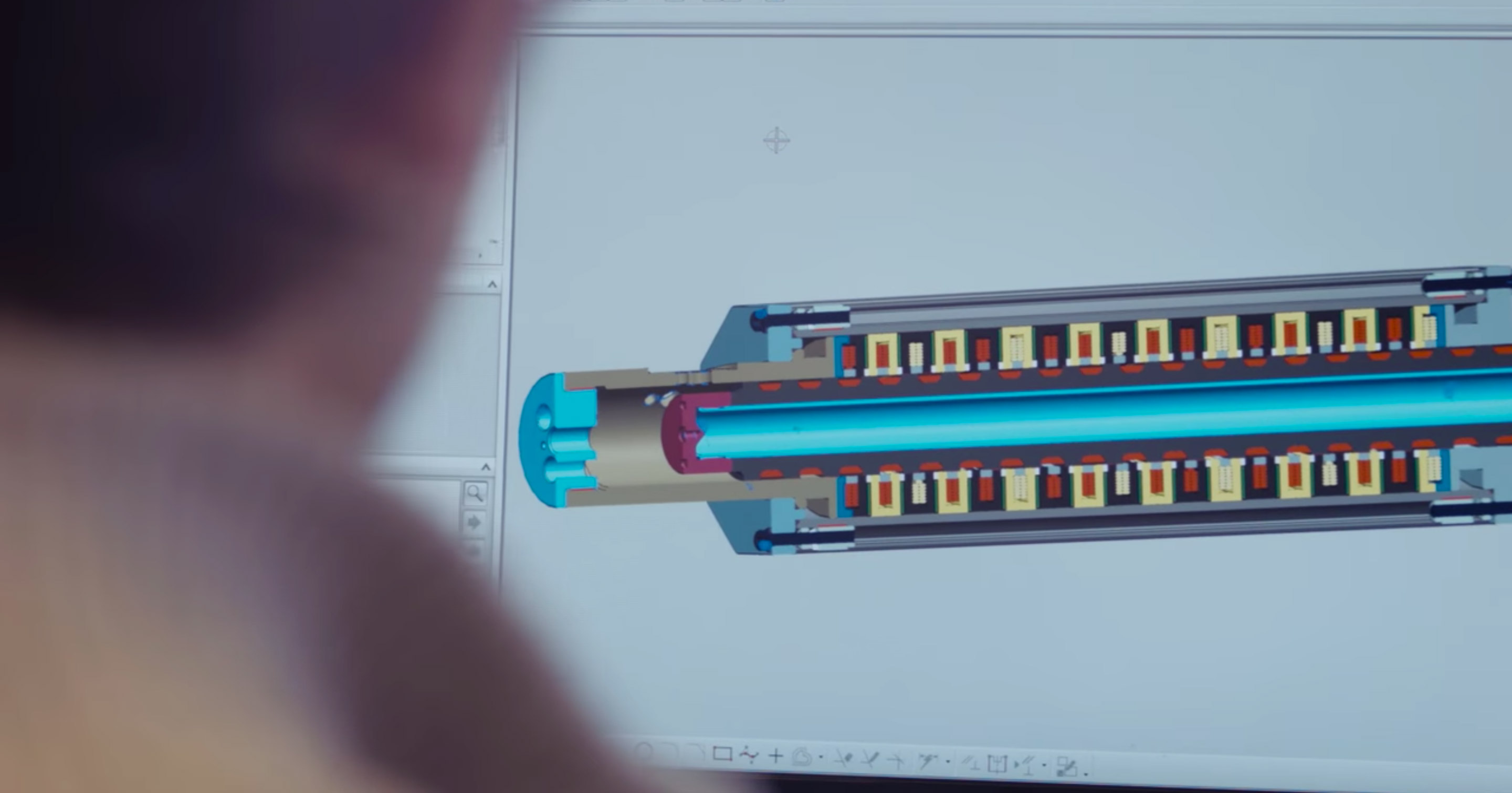IS THERE AN argument that the internal combustion engine (ICE), as a concept, has been refined and developed to the point where it doesn’t have much else to give? If so, the final numbers make pretty depressing reading.
The most thermally efficient automotive internal combustion engine sits in Lewis Hamilton’s F1 car, with an efficiency of 50 per cent. AMG is aiming for 41 per cent with the F1-derived unit in the AMG One hypercar, which would make it the most thermally efficient production-car engine in history.
By comparison a typical mass-market hatch realised between 25 and 30 per cent efficiency. That’s 10-15 per cent down on the steam turbines in the decommissioned Hazelwood power station.

The ICE as we know and love attaches the pistons to a crankshaft in order to turn reciprocating movement into rotational torque.
Often around 65 per cent of total power generated is emitted as heat rather than creating the work of turning the crank. Therefore, getting rid of the crank – the productive conduit – would appear to be counterintuitive in the extreme. That, in a nutshell, is the free-piston engine.
It’s not a new concept. Working models have been around since the 1920s as air compressors but it is only relatively recently that the technology has been re-evaluated as electrical generators for range-extended electrified cars. The engineering behind them appears relatively simple.
Two pistons sit in a cylinder, sealed at each end. Said pistons come together in the middle, forming a combustion chamber where fuel is ignited, they then fly apart at speed, compressing the air at the far ends of the cylinder which acts as a pneumatic spring and bounces them back to the centre, whereupon the whole process is repeated.
That leaves it up to the designers whether the fuel, air and exhaust is managed either with valves, as in a four-stroke engine or, as is becoming the preferred option, with ports in the cylinder, two-stroke style.
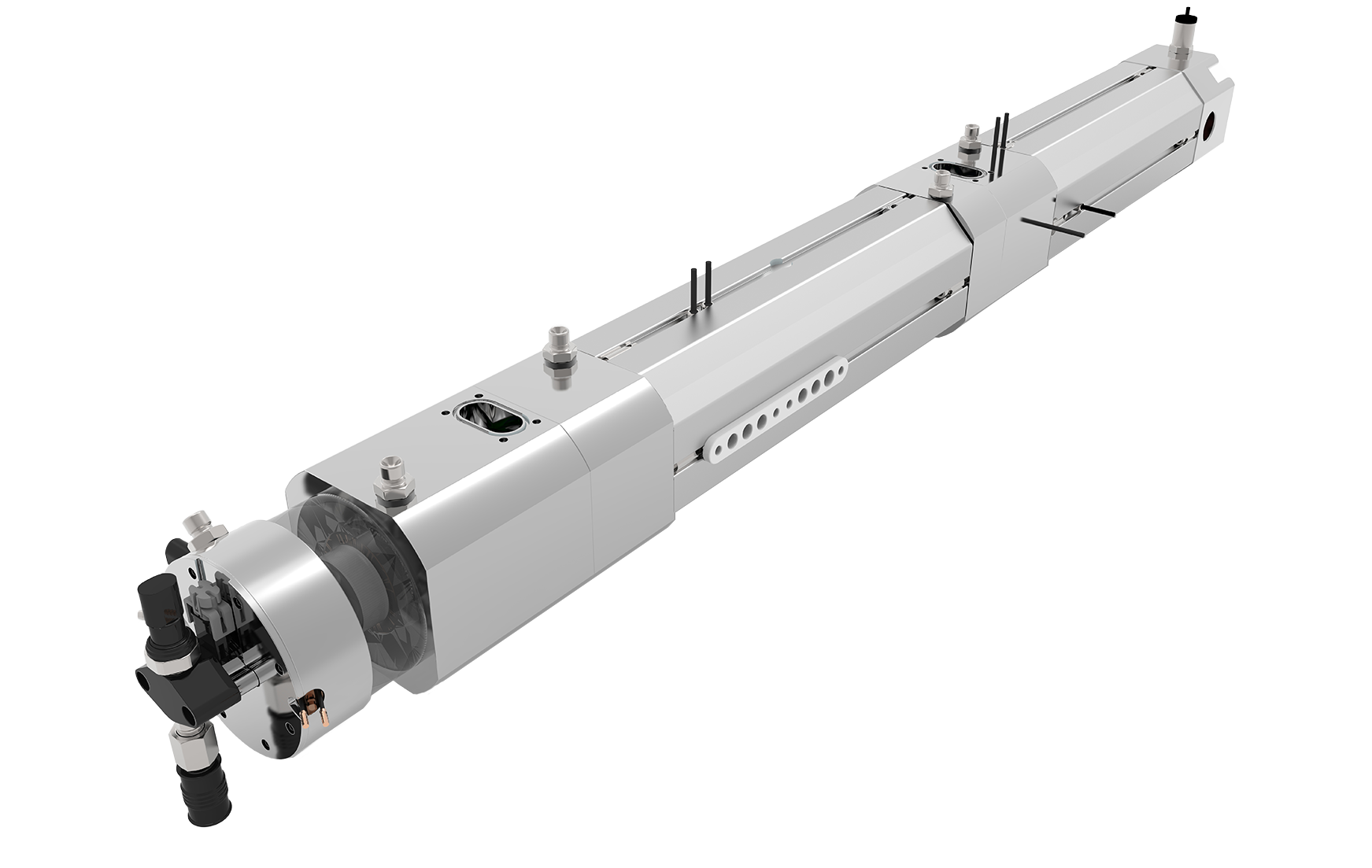
Converting this movement into drive is the clever part. In the past, free-piston tech was seen as a way to power air compressors and exhausts for driving turbines. Now, the movement of the pistons offers scope to embed permanent magnets within them and wrap the cylinders in electrical coils to generate electricity. Pair that with a biofuel input and you have a compact, convenient and carbon-efficient way of extracting electricity from an ICE.
That’s the concept, at least. The devil remains in the detail. With an ICE, the crankshaft angle is a reliable indicator of exactly where the piston sits in its travel. With no crankshaft, how do you manage the combustion process?
“The requirements of hybrid sports cars suit range-extending free-piston technology”
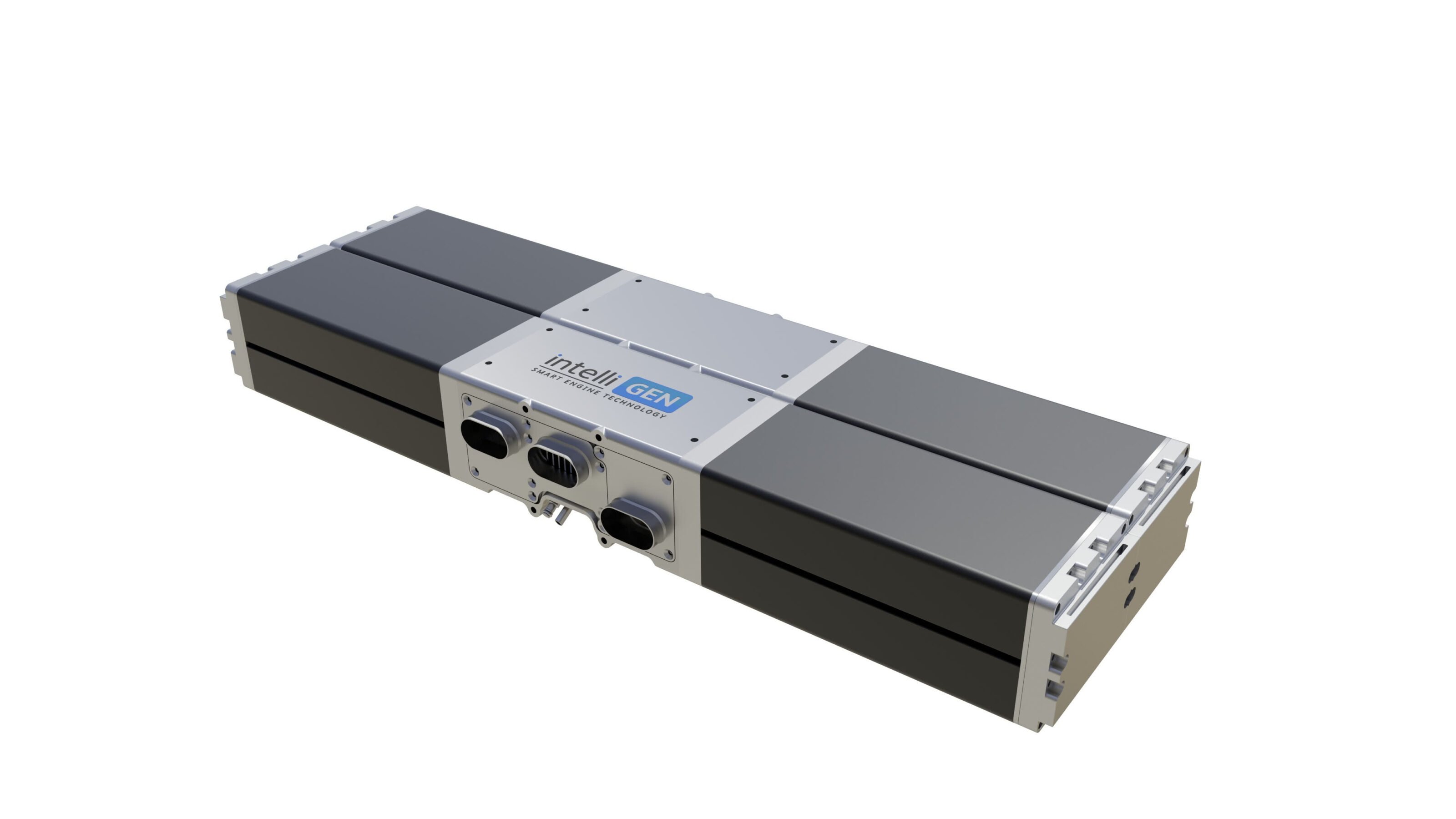
British firm Libertine thinks it has the answer to that particular quandary.
Its ‘linear electrical machine and control technology platform’ looks more like something you’d find in a recording studio rack than something used to propel a vehicle, but the company has worked with German company MAHLE to develop a system that can use hydrous bioethanol (90 per cent bioethanol and 10 per cent water or E90W10), a direct injection uniflow scavenged two stroke architecture and an initial higher compression start-up procedure to avoid the usual cold-start misfiring issues brought about by cylinder wall cooling with alcohol-based fuels.
At present, Libertine’s engine is geared towards trucks, which would then be able to utilise a smaller, more space-efficient battery and be able to refuel on the fly. The company is also looking at developing the technology to range-extenders for EVs and series hybrids, which looks extremely promising.
The specific requirements of hybrid sports cars, namely that of low incremental weight and flexibility to refuel, lend themselves well to the range-extending capabilities offered by free-piston tech.
Perhaps the ICE isn’t dead at all. It’ll just look very different.
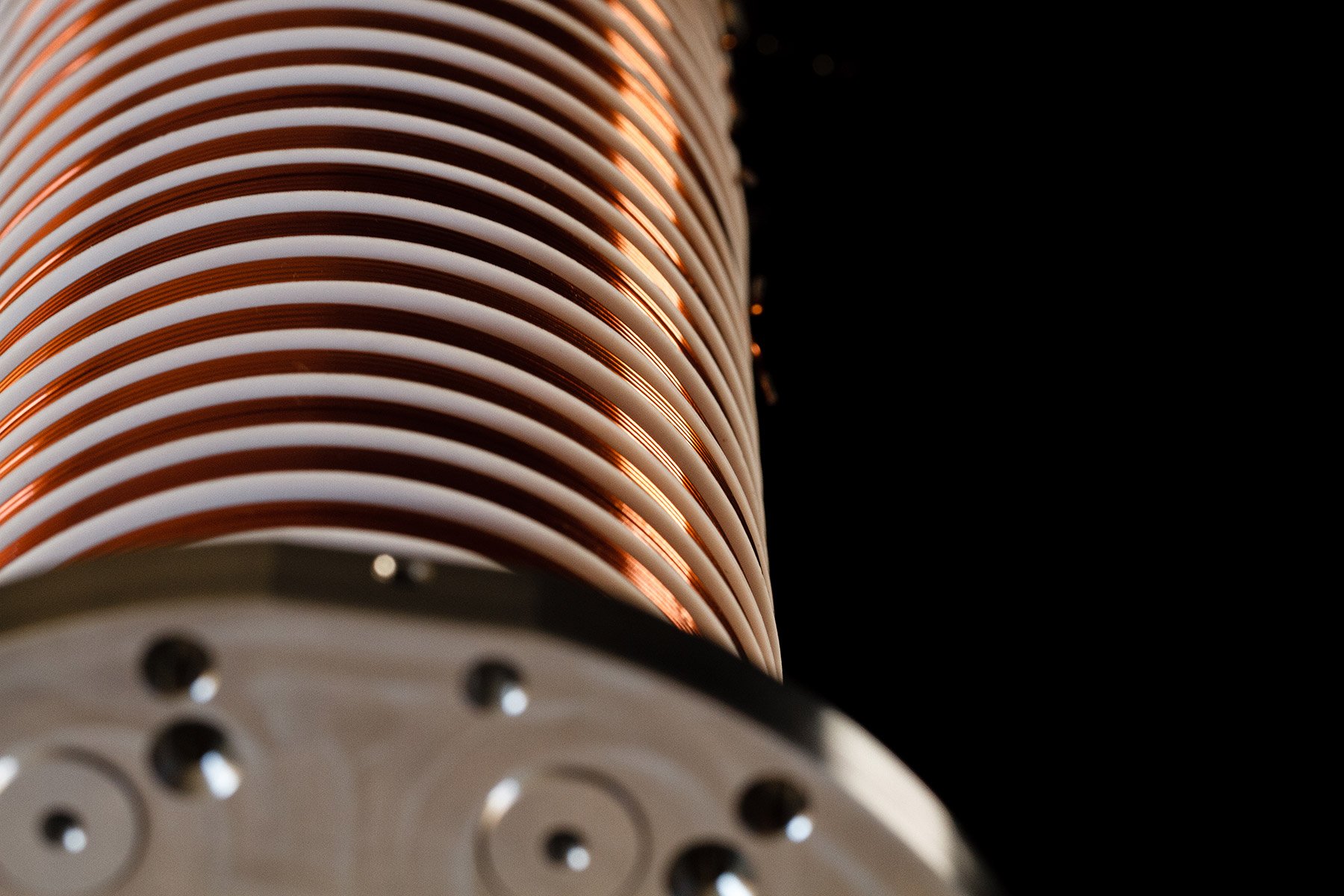
We recommend
-
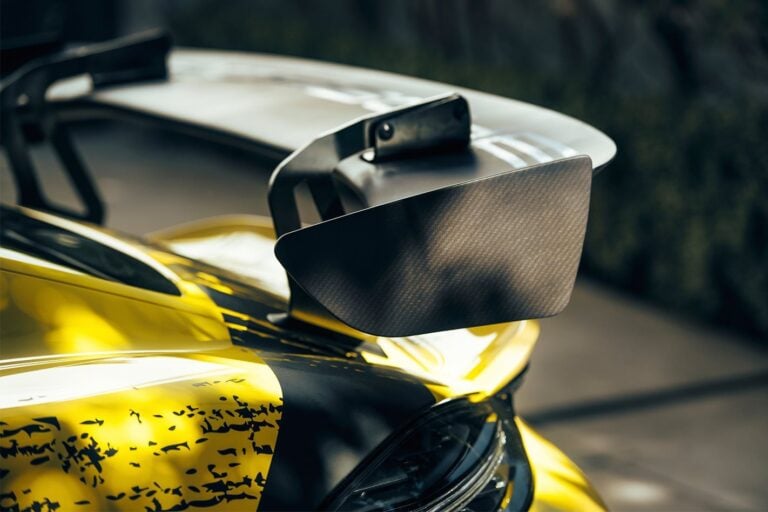 Features
FeaturesAmpliTex: coming to a racetrack near you
A Swiss company is proving there is a cost-effective way to create a light, eco-friendly material that rivals carbon fibre
-
 News
NewsDriveway mechanic fits Koenigsegg freevalve tech to Mazda MX-5
Camshaft delete is about to be the hottest mod of 2021
-
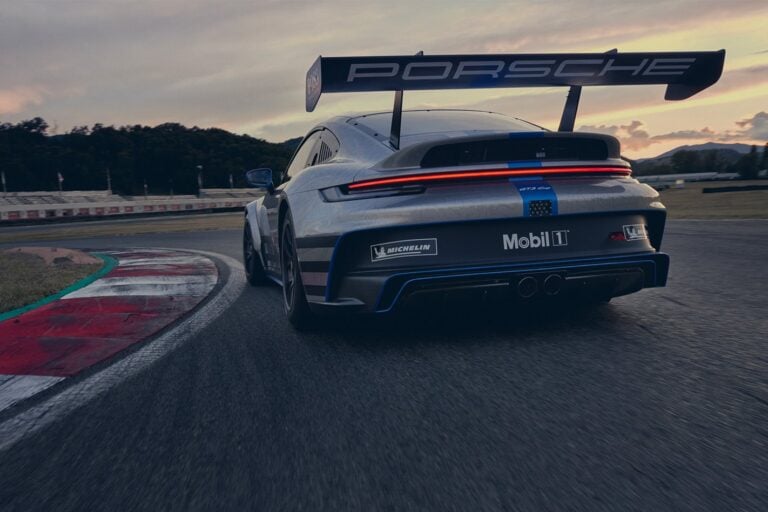 Features
FeaturesHow synthetic fuel could save internal combustion in the electric future
Does the future of the combustion engine reside with chemists creating this ground-breaking new technology? Porsche seems to think so...


